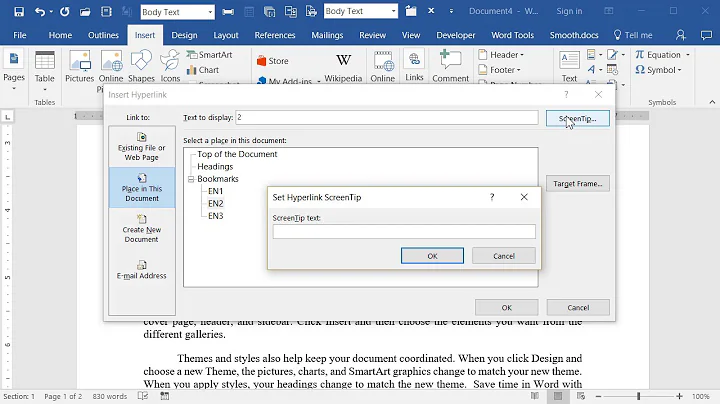Discover the New Deno Static Site Generator - Lume
Table of Contents:
- Introduction
- Getting Started with Loom
- Creating Pages and Layouts
- Adding Data to Pages and Layouts
- Creating Blog Posts
- Displaying Blog Posts on the Home Page
- Using Partials in Loom
- Styling with SASS in Loom
- Using Data Files in Loom
- Code Highlighting in Loom
- Conclusion
Introduction
Loom is a new static site generator for Dino. In this article, we will explore the features of Loom and how to get started using it. From creating pages and layouts to adding data and creating blog posts, we will cover everything you need to know about Loom.
Getting Started with Loom
To start using Loom, you need to install it and set up a new project. Loom provides a command that makes it easy to get started. Simply follow the instructions provided by Loom to set up your project.
Creating Pages and Layouts
Loom allows you to create pages using different templating engines such as Nunchucks, Liquid, Pug, and more. You can easily create layouts and partials to structure your pages and reuse code.
Adding Data to Pages and Layouts
In Loom, you have the flexibility to add data to your pages and layouts. This allows you to customize the content of your website dynamically. Learn how to add variables and access them within your pages and layouts.
Creating Blog Posts
One of the powerful features of Loom is the ability to create blog posts. Learn how to create a blog post, add front matter, and organize your posts in a separate folder. Loom makes it easy to create and manage your blog posts.
Displaying Blog Posts on the Home Page
Once you have created your blog posts, you may want to display them on the home page. Loom provides a simple way to loop through your blog posts and display them in a list. Learn how to loop through your posts and create a dynamic home page.
Using Partials in Loom
Loom allows you to use partials to reuse code across multiple pages and layouts. Learn how to create and use partials in Loom to simplify your development process and make your code more maintainable.
Styling with SASS in Loom
Loom supports SASS for styling your website. Learn how to set up SASS and use it to write clean and modular CSS code. Loom will compile your SASS code into CSS when you build your site.
Using Data Files in Loom
With Loom, you can create data files that contain data accessible by all pages in the same directory or subdirectory. Learn how to create and use data files to store common data that you want to use across multiple pages.
Code Highlighting in Loom
Loom provides a code highlighting plugin that allows you to highlight code snippets in your posts and pages. Learn how to use the code highlighting plugin and make your code stand out.
Conclusion
In conclusion, Loom is a powerful static site generator that offers a wide range of features and flexibility. Whether you are a beginner or an experienced developer, Loom can simplify your development process and help you create dynamic and engaging websites. Start using Loom today and experience the power of static site generation.
Highlights:
- Loom is a new static site generator for Dino that offers a fast and flexible way to build websites.
- Loom supports multiple templating engines, including Nunchucks, Liquid, Pug, and more.
- You can create layouts and partials in Loom to structure your pages and reuse code.
- Loom allows you to add data to your pages and layouts, making your website content dynamic.
- With Loom, you can create and manage blog posts easily.
- Loom provides a simple way to loop through and display blog posts on the home page.
- You can use partials in Loom to reuse code across multiple pages and layouts.
- Loom supports SASS for styling your website, making your CSS code more modular and maintainable.
- You can use data files in Loom to store common data that you want to use across multiple pages.
- Loom provides a code highlighting plugin to make your code snippets stand out.
FAQ:
Q: Is Loom suitable for beginners?
A: Yes, Loom is beginner-friendly and provides an easy way to get started with static site generation.
Q: Can I use different templating engines in Loom?
A: Yes, Loom supports multiple templating engines, allowing you to choose the one that suits your preferences.
Q: Can I create a blog using Loom?
A: Yes, Loom provides features specifically designed for creating and managing blog posts.
Q: Can I customize the styling of my website in Loom?
A: Yes, Loom supports SASS, allowing you to write clean and modular CSS code for your website.
Q: Can I reuse code across multiple pages in Loom?
A: Yes, Loom allows you to create and use partials, making it easy to reuse code and maintain consistency across your website.
 WHY YOU SHOULD CHOOSE SaasVideoReviews
WHY YOU SHOULD CHOOSE SaasVideoReviews







